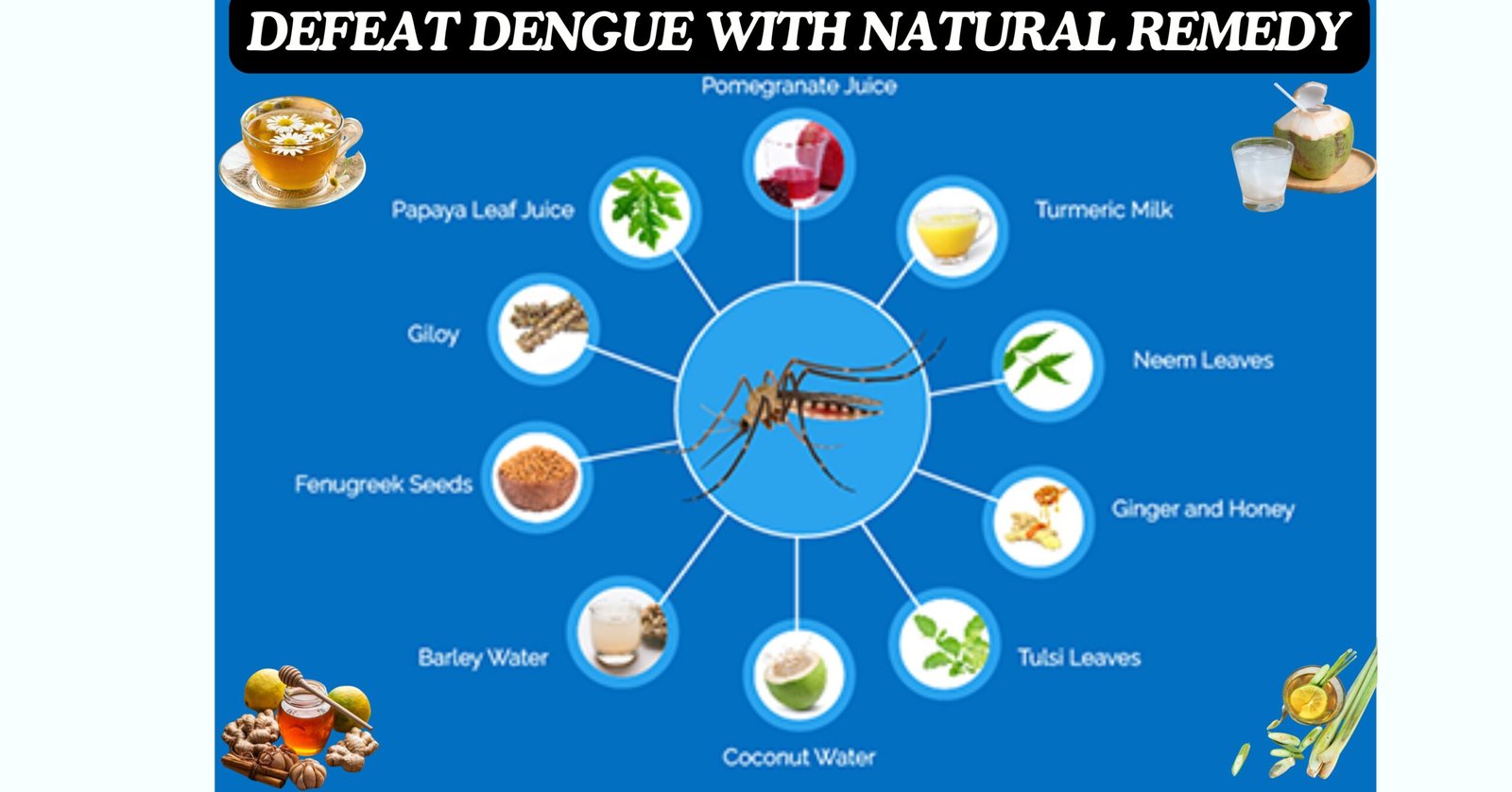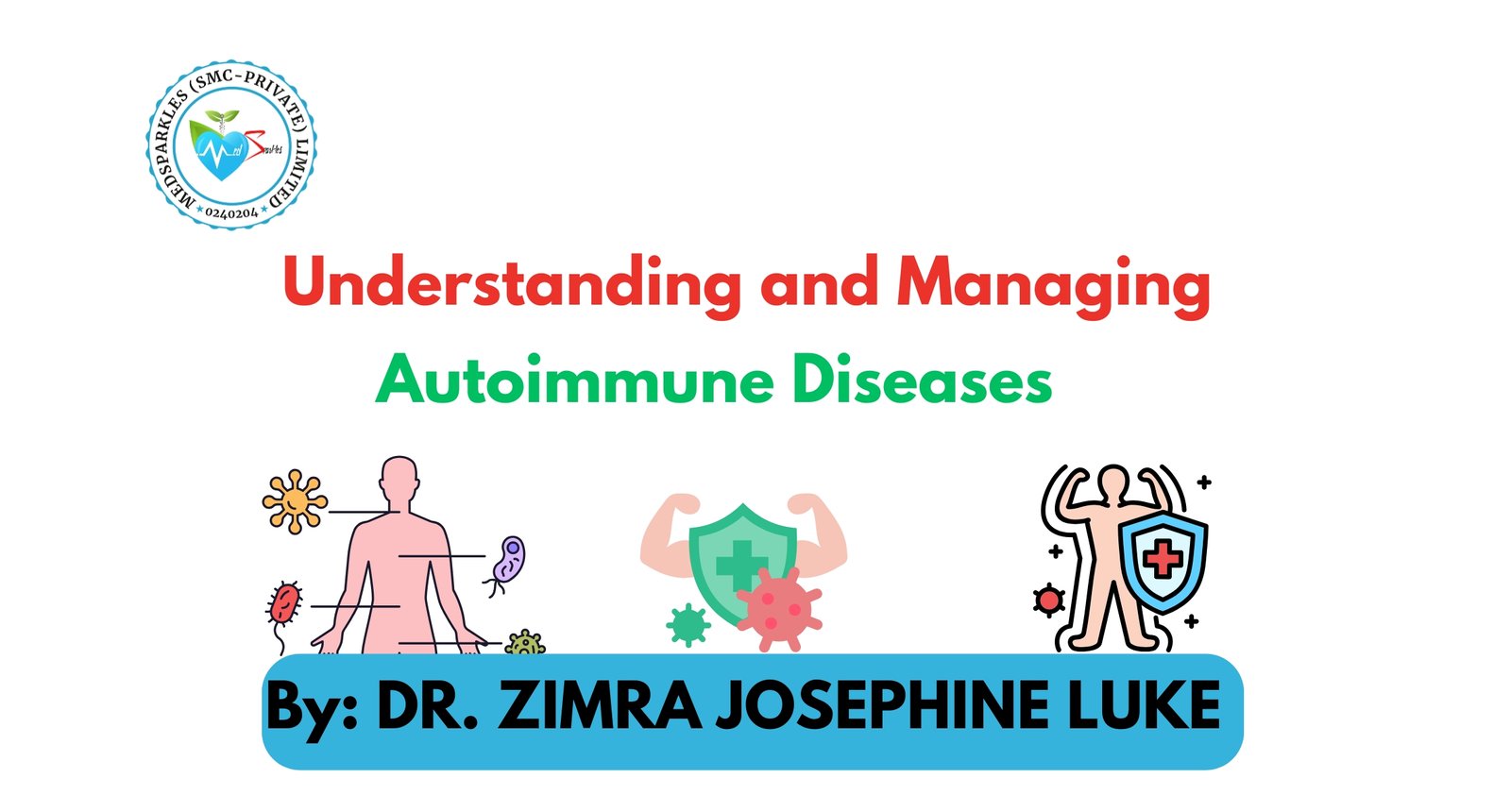Dengue fever is an infectious disease transmitted by mosquitoes. In severe cases it can be fatal. What are the typical symptoms and what measures can be taken to prevent it?
What is dengue fever?
Dengue fever is the most common mosquito-borne viral disease in the world and spreads the fastest compared to other viral infections. It is transmitted by Aedes mosquitoes, especially the Asian and Egyptian tiger mosquitoes, which are found mainly in tropical and subtropical areas of the world, i.e. near the equator. Although the virus originated there, it is also spreading northwards. Cases of the disease have been reported in Italy, Portugal and France.
It is estimated that around 400 million people are infected with the virus each year. Of these, around 25 percent develop clinical symptoms, which in many cases manifest themselves in the form of fever and flu-like symptoms. Full recovery can take a long time. A small proportion of those infected suffer from severe forms of the disease that can lead to death.
Symptoms of Dengue fever
The symptoms of dengue fever vary depending on the form of the infection. High fever and chills are typical for mild cases of the infection.
In addition, the following may occur:
- Headache
- bone pain
- limb pain
- nausea
- Vomit
Dengue fever is characterized by a skin rash reminiscent of measles that occurs after a short fever-free period. The acute symptoms usually subside after three to seven days, although full recovery often takes several weeks.
In severe cases, untreated, death is a risk
About two to four percent of those infected – mostly local children in the risk areas – develop a severe form of the disease. The condition worsens drastically about five days after the onset of the disease , which is also known as dengue hemorrhagic fever (DHF).
Typical symptoms in severe cases of the disease are:
- bleeding mucous membranes
- vomiting blood
- severe abdominal pain
- rapid breathing
- exhaustion
- restlessness
- cold sweat
- Shock due to a severe drop in blood pressure (“dengue shock syndrome”)
If left untreated, dengue fever can be fatal if the disease progresses in such a severe manner. Intensive medical treatment can increase the chance of survival.
How can you protect yourself from dengue fever?
Although the Dengvaxia vaccine is approved in the EU, it is only intended for residents of risk areas and is not approved for travelers.
When traveling to risk areas, mosquito bites should primarily be avoided to prevent dengue fever. Since the mosquitoes that transmit dengue are particularly active during the day, but also in artificial light, the following important precautionary measures are recommended:
- Wear long, puncture-proof or waterproof clothing that completely covers both arms and legs.
- Use effective repellents (special insect repellents) on uncovered areas of skin.
- Using an impregnated mosquito net when sleeping.
How does dengue spread?
Dengue is a viral disease that is transmitted by mosquitoes in tropical and subtropical climates and can be life-threatening.
The heavy rainfall and high temperatures of the past few months are likely to have been the trigger for the severe outbreaks of dengue fever . Under these conditions, the yellow fever mosquito (Aedes aegypti) can thrive.
Aedes aegypti mosquitoes are particularly adaptable to urban environments. Not quite as adaptable is the related species Aedes albopictus, which is often called the ” tiger mosquito ” due to its distinctive black and white markings.
Aedes mosquitoes are actually native to tropical and subtropical regions because mosquitoes love very warm and humid climates.
Why is dengue often treated incorrectly?
Because many symptoms are similar, dengue fever is often confused with flu or other infections such as malaria or Zika virus and treated incorrectly. This is why raising awareness of the tropical disease in the health professions is so important.
There are no simple and inexpensive rapid tests for dengue fever. A reliable diagnosis requires blood tests in specialized laboratories.
Which medications help and which can harm?
Since there is currently no specific antiviral therapy, treatment is limited to alleviating symptoms. Because dengue fever can lead to severe fluid loss, especially through fever and vomiting, it is important to ensure adequate fluid intake.
Antipyretic drugs such as paracetamol (acetaminophen) can be used to relieve fever and pain. The use of non-steroidal anti-inflammatory drugs (NSAIDs) such as ibuprofen should be avoided, as they can increase the risk of bleeding. This also applies to drugs that contain the active ingredient acetylsalicylic acid, such as aspirin, because this active ingredient thins the blood.

Home remedies for Dengue Treatment
The following are some suggested home treatments to swiftly cure dengue and reduce symptoms:
1. Peppermint tea
Due to its digestive, analgesic, and anti-inflammatory qualities, peppermint tea can assist with symptoms including headaches, nausea, vomiting, and muscular soreness.
Ingredients:
- 1 spoon of peppermint leaves;
- 150 ml of water.
Preparation mode: Add the mint leaves to the boiling water, then remove from the heat. For about five minutes, cover and let it rest. After straining, sip. Two to three cups of this tea can be had each day.
Care: Children under the age of four should not drink this tea. Additionally, ladies who are nursing or pregnant shouldn’t use it.
2. Homemade serum
A homemade serum is a beverage that may be consumed by both adults and children to help replenish water and mineral salts in the body after vomiting or diarrhoea.
Ingredients:
- 1 tablespoon of sugar;
- 1 teaspoon of salt;
- 1 liter of filtered or boiled water.
Preparation mode:
Pour all the ingredients into a jug and stir until the sugar and salt are completely dissolved. Drink little sips of this concoction throughout the day. For young patients, spoonfuls of this prepared serum can be consumed.
Care: you shouldn’t consume more homemade serum than half a glass at once. Refrigerating homemade whey can keep it fresh for up to a day.
3. Chamomile tea
Tea chamomile helps reduce headaches and nausea because of its analgesic, antispasmodic, and anti-inflammatory qualities.
Ingredients:
- 1 tablespoon (4 g) of dried chamomile flowers;
- 150 ml of water.
Preparation mode:
Fill a saucepan with boiling water. After that, remove the pot from the heat, add the chamomile flowers, cover it, and allow it to rest for five minutes. Pour after straining and enjoy right away. A maximum of four cups of this tea should be consumed per day.
Care: This tea should not be consumed by infants younger than six months old or by those who are allergic to chamomile or other plants like chrysanthemums, daisies, or ragweed.
You can use chamomile tea (Matricaria recutita) if you’re pregnant or nursing. However, as research on the safety of Roman chamomile tea during these stages of women is still lacking, it should be avoided.
4. Coconut water
Coconut water, which is high in potassium and magnesium, aids in hydration and is primarily recommended to prevent dehydration in dengue-related instances of vomiting or diarrhoea.
You are allowed to have up to three glasses of coconut water per day, before and after meals, at any time. It is best to make drinking pure coconut water a priority.
Care: Only under the supervision of a physician or nutritionist should anyone with renal issues use coconut water.
5. Malojillo tea
Malojillo tea, commonly known as lemon grass, has a high concentration of myrcene and citral, two bioactive substances with analgesic properties that help reduce the symptoms of dengue fever, including headache and muscle soreness.
Ingredients:
- 1 tablespoon of fresh chopped malojillo leaves;
- 1 tea cup of water.
Preparation mode:
Heat up some water in a pan. After that, remove the heat source and add the malojillo leaves. After five minutes, cover the pot and let it rest. Pour after straining and enjoy right away. This tea is suitable for up to four cups per day.
Care: Women who are expecting or nursing should not consume this tea. Similarly, before taking malojillo tea, persons who use calming drugs or blood pressure meds should speak with their doctor.
6. St. John’s Wort Tea
Because it has analgesic and anti-inflammatory action, St. John’s wort tea helps combat muscle pain.
Ingredients:
- 1 teaspoon (2 to 3 g) dried St. John’s wort flowers and leaves;
- 200 ml of water.
Preparation mode:
In a saucepan, bring the water to a boil, then remove from the heat. When the water is filled with St. John’s wort, cover it and wait five minutes. After that, filter the tea and enjoy. Up to three cups of this tea should be drank each day after meals.
Caution: Individuals suffering from severe depression, allergies, or sensitivity to this plant should not consume this tea. Children under the age of 12 should also avoid it. Furthermore, women who are nursing a baby, pregnant, or using oral contraceptives should not drink this tea.
It’s also not advisable for anyone on antidepressants like nefazodone, paroxetine, or sertraline to take St. John’s wort.
Before taking this tea, persons who use drugs such as fexofenadine, finasteride, digoxin, methadone, amitriptyline, cyclosporine, tacrolimo, amprenavir, indinavir, irinotecan, warfarin, buspirone, triptans, benzodiazepines, or sinvastatin should speak with their doctor.
Teas to avoid when you have dengue
In situations of dengue, it is not advisable to use plants that contain salicylic acid or similar chemicals since they may weaken the vessels and encourage the development of dengue hemorrhagic fever. White willow, weeping willow, white osier, parsley, rosemary, oregano, thyme, and mustard are some of these plants.
Onions, garlic, and ginger are also not recommended in cases of this illness as they interfere with coagulation and increase bleeding and haemorrhages.
Plants that repel mosquitoes
Strong-smelling plants, like mint, rosemary, lavender, basil, thyme, sage, and lemongrass, deter dengue insects. These plants may be cultivated inside, where the scent can help deter Aedes aegypti from invading the area. However, they require special attention to keep water from building up in the container.
5 Questions about Dengue Fever
How do you recognize dengue fever?
Dengue fever is difficult to detect at the beginning because it is mild and acts like a normal fever or flu. However, the virus can be detected through tests. Symptoms include a skin rash, shortness of breath, a drop in blood pressure, severe abdominal pain and constant vomiting or bleeding mucous membranes.
How does dengue fever start?
The first symptoms can appear three to seven days after the mosquito bite. It begins with bouts of fever and can be accompanied by headaches, limb pain and bone pain. Nausea and vomiting occur.
Can dengue fever be cured?
The virus itself cannot be treated, but the symptoms can. In mild cases, fever-reducing medication or painkillers can help, but these must not lead to blood thinning. Drink plenty of fluids! In severe cases with shock, those affected must be taken to hospital to receive fluid infusions or blood transfusions.
In which countries does dengue fever occur?
Dengue fever originally originated in the same places as the mosquitoes that transmit it, the Aedes mosquitoes. These are tropical and subtropical countries in Africa, Asia, and Central and South America. However, as climate change is causing the world to become warmer, the mosquitoes are now also at home in Europe. Infections have already been reported in France, Italy, and Spain, among other places.
Who is at risk from dengue fever?
That’s difficult to say. Basically, it can be dangerous for anyone. It is particularly dangerous for children and people with weak immune systems or people who have already had poor health. It is always important to have good medical treatment for the symptoms. If treatment is inadequate, the risk of the disease being fatal increases. In most cases of infection, however, the course is mild and dengue fever is often not even diagnosed.
Read more about Comprehensive Guide to Dengue Fever: Symptoms, Transmission, and Prevention Strategies in Tropical Regions








